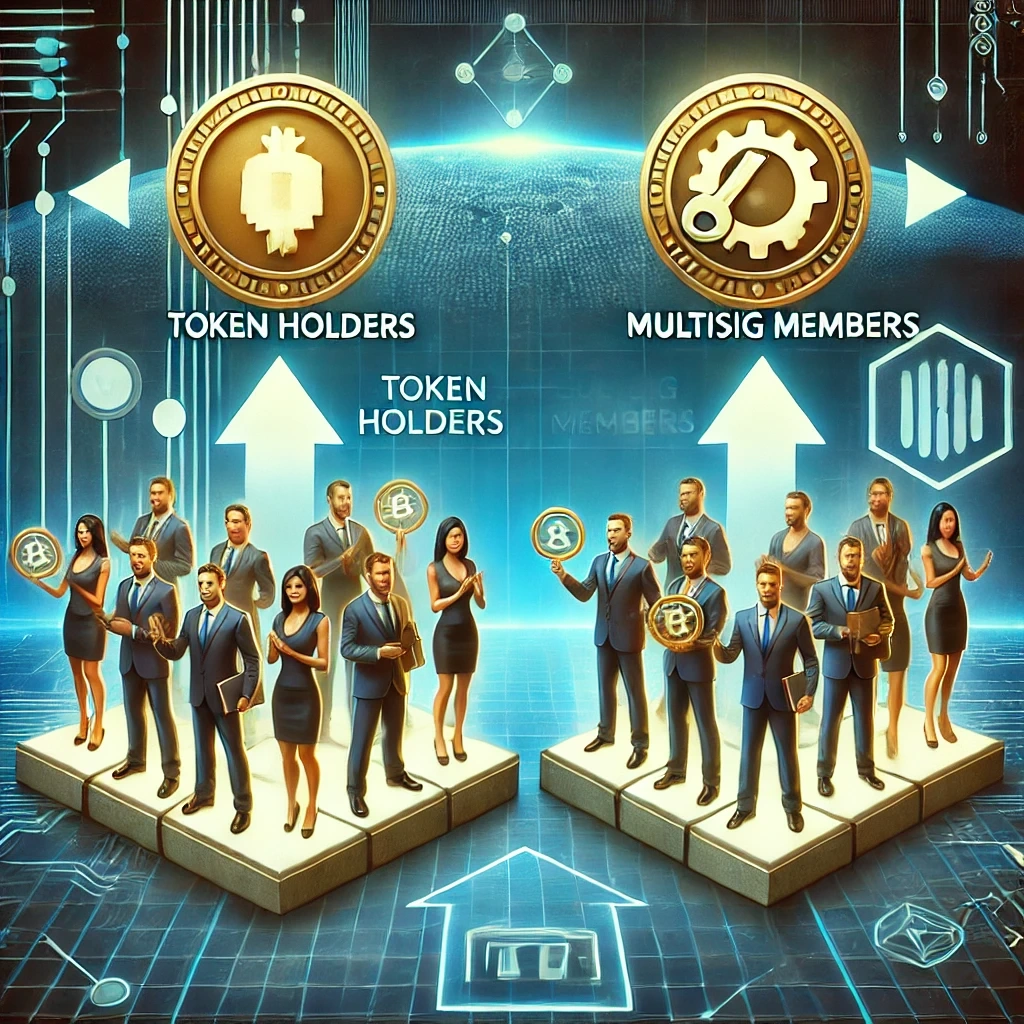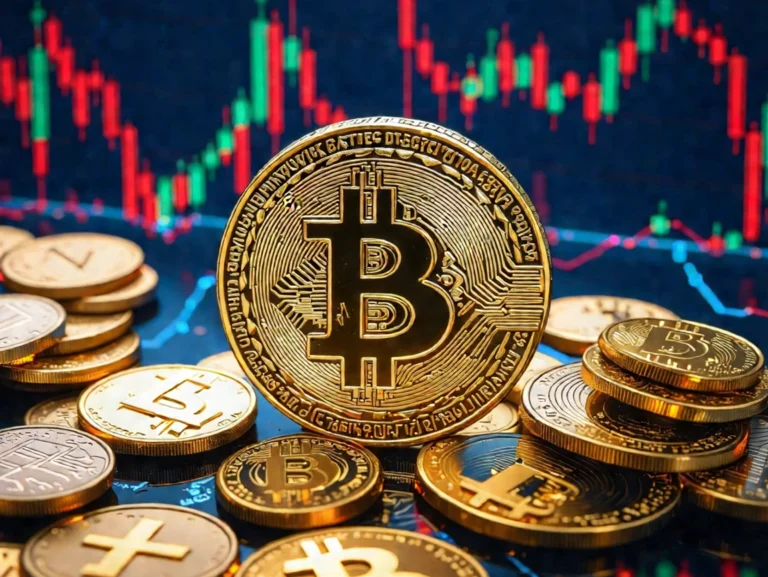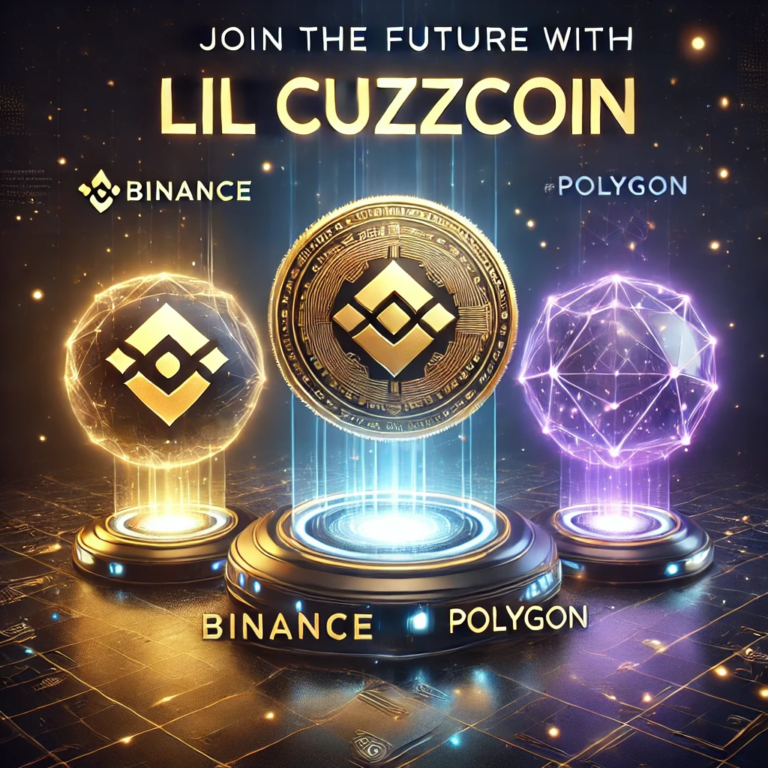In the context of a Decentralized Autonomous Organization (DAO), token holders and multisig members represent two different roles with distinct responsibilities and levels of influence:
1. Token Holders:
- Role and Function: Token holders are participants in the DAO who hold governance tokens. These tokens typically grant voting rights and allow holders to participate in decision-making processes, such as proposing changes, voting on proposals, and influencing the direction of the DAO.
- Power and Influence: The influence of a token holder is generally proportional to the number of tokens they hold. Decisions are made based on the collective vote of all token holders, often using smart contracts to automate and enforce outcomes.
- Decentralization: Since many individuals or entities can hold tokens, decision-making is widely distributed among the community, aligning with the DAO’s decentralized nature.
- Participation: All token holders are invited to participate in governance, but their involvement is voluntary. Token holders often vote on broad organizational matters, such as protocol upgrades, budget allocations, or new initiatives.
2. Multisig Members:
- Role and Function: Multisig members are typically a smaller group of trusted individuals or entities who control the DAO’s treasury or make critical operational decisions. They use a multisignature (multisig) wallet, which requires a minimum number of signatories to approve transactions or execute certain actions.
- Power and Influence: Multisig members have more direct control over certain key aspects of the DAO, such as releasing funds from the treasury or executing proposals that have been approved by the broader DAO community. The number of members required to sign (e.g., 3 out of 5) adds security to decision-making, ensuring that no single person can unilaterally control assets.
- Centralization: While still part of the DAO’s decentralized structure, multisig members represent a form of centralization within the DAO for the sake of operational efficiency and security. Their role is crucial in safeguarding against malicious activity or technical failures.
- Participation: Multisig members are usually elected by the community or assigned based on their expertise and trustworthiness. Their responsibilities are often more hands-on and involve carrying out the will of the DAO as determined by token holders.
Key Differences:
- Scope of Authority: Token holders collectively decide on high-level governance matters, while multisig members execute decisions, particularly related to the treasury or technical operations.
- Level of Centralization: Token holders represent the broader, more decentralized aspect of governance, whereas multisig members form a smaller, more centralized group for critical decision-making.
- Decision-Making Power: Token holders influence decisions through votes, while multisig members directly sign off on key actions or control assets.
In summary, token holders provide broad governance over the DAO’s direction, while multisig members are responsible for securing and executing critical actions, particularly those related to treasury management. Both roles are essential for the proper functioning of a DAO but operate at different levels of decision-making and control.




